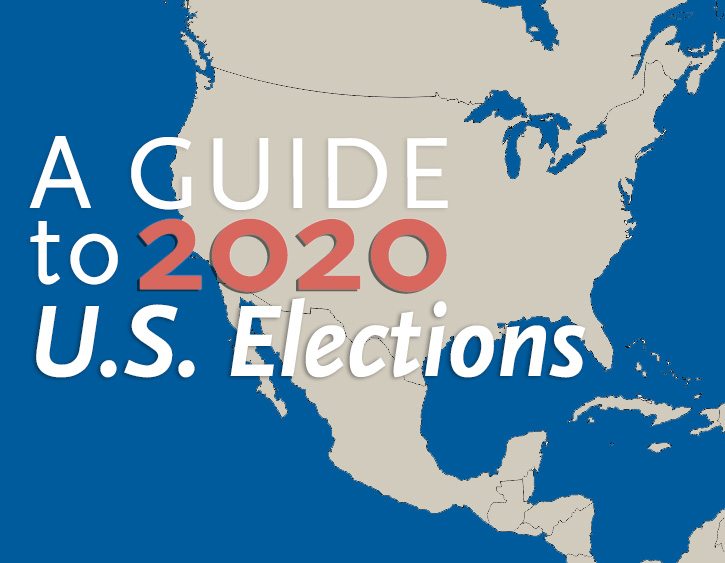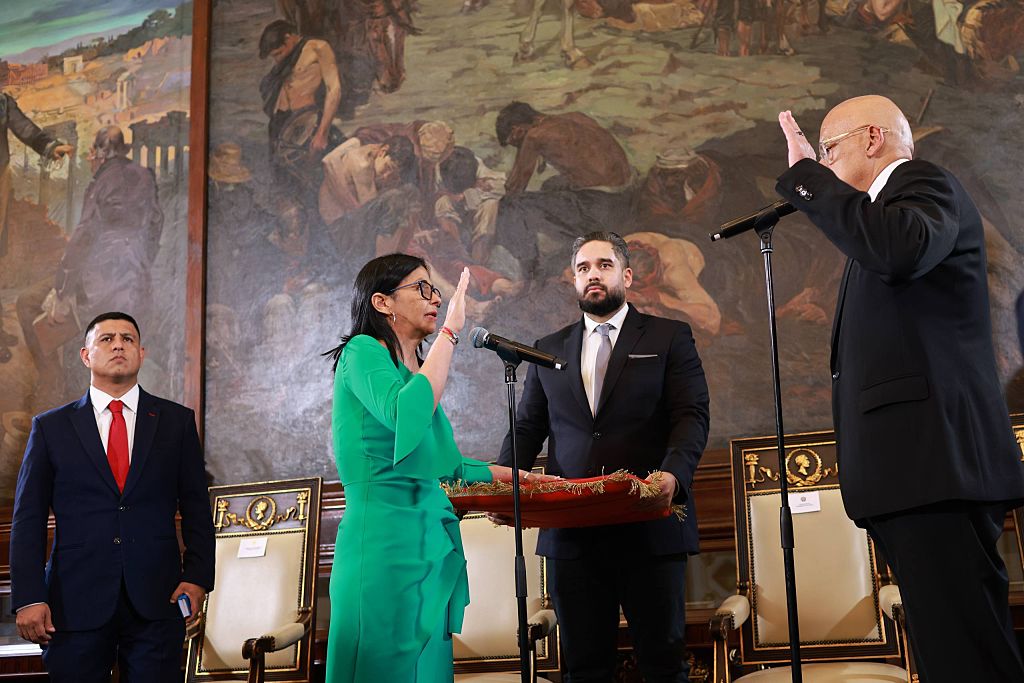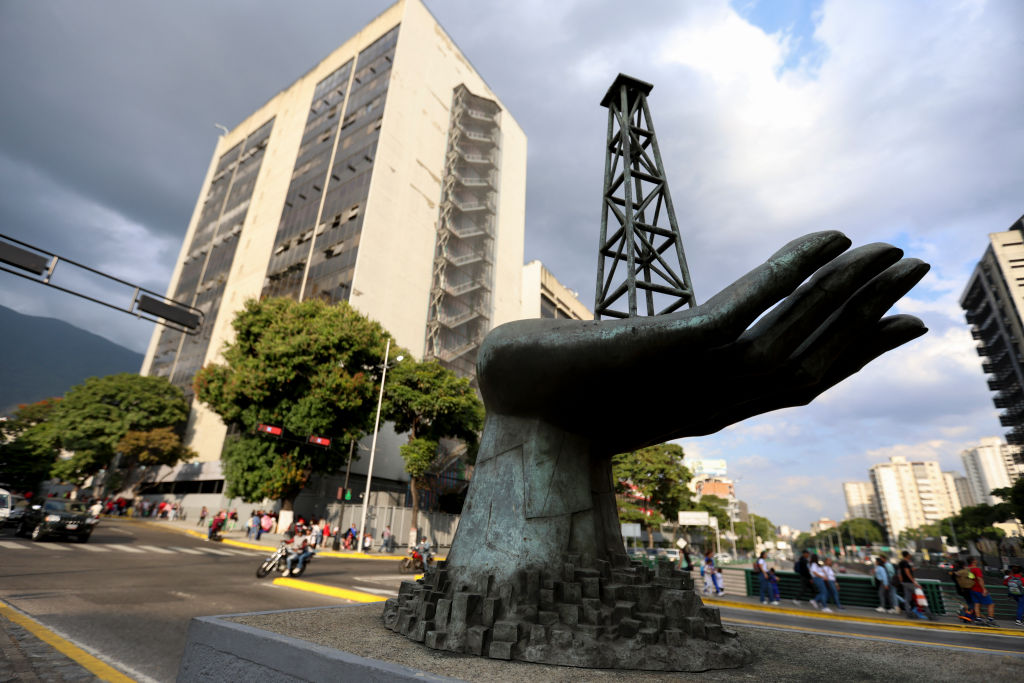Chart: Turnout and the Latino Vote in 2020
Chart: Turnout and the Latino Vote in 2020
The key to getting Latino voters to turn out at the ballot box? Focus on voter registration drives more than Election Day get-out-the-vote efforts.
Turnout is traditionally measured as the number of people who voted out of all the people who were eligible to do so. When calculated as such, it’s often reported that Latino and Asian turnout can be 10 to 20 points below that of white and black voters, or 40 percent compared to between 50 and 60 percent, roughly. But it turns out that that might be simply because eligible white and black citizens are registered to vote at higher rates than Latino and Asian ones are.
The polling firm Latino Decisions has at times measured turnout instead as the number of people who voted out of all those who were registered. “When Latinos are asked to participate through adequate outreach programs, they will respond at rates comparable to other groups, given their demographics and available resources,” says Stephen Nuño-Perez, the firm’s communications director and a senior analyst. That 10- to 20-point turnout gap drops to single digits when compared to the registration rate: in the 2018 U.S. midterms, for example, between 75 to 81 percent of people across all groups who are registered showed up at the ballot box.
As of Presidents Day, 99.8 percent of Latinos in the United States hadn’t yet had the chance to vote in 2020 presidential caucuses and primaries, to quote Democratic hopeful and former Obama Vice President Joe Biden. And that means that campaigns that are looking to boost the numbers of Latino voters shouldn’t be focusing on how to get them to the polls on Election Day—but on how to get them registered in the first place. Get a calendar of voter registration deadlines by state.









